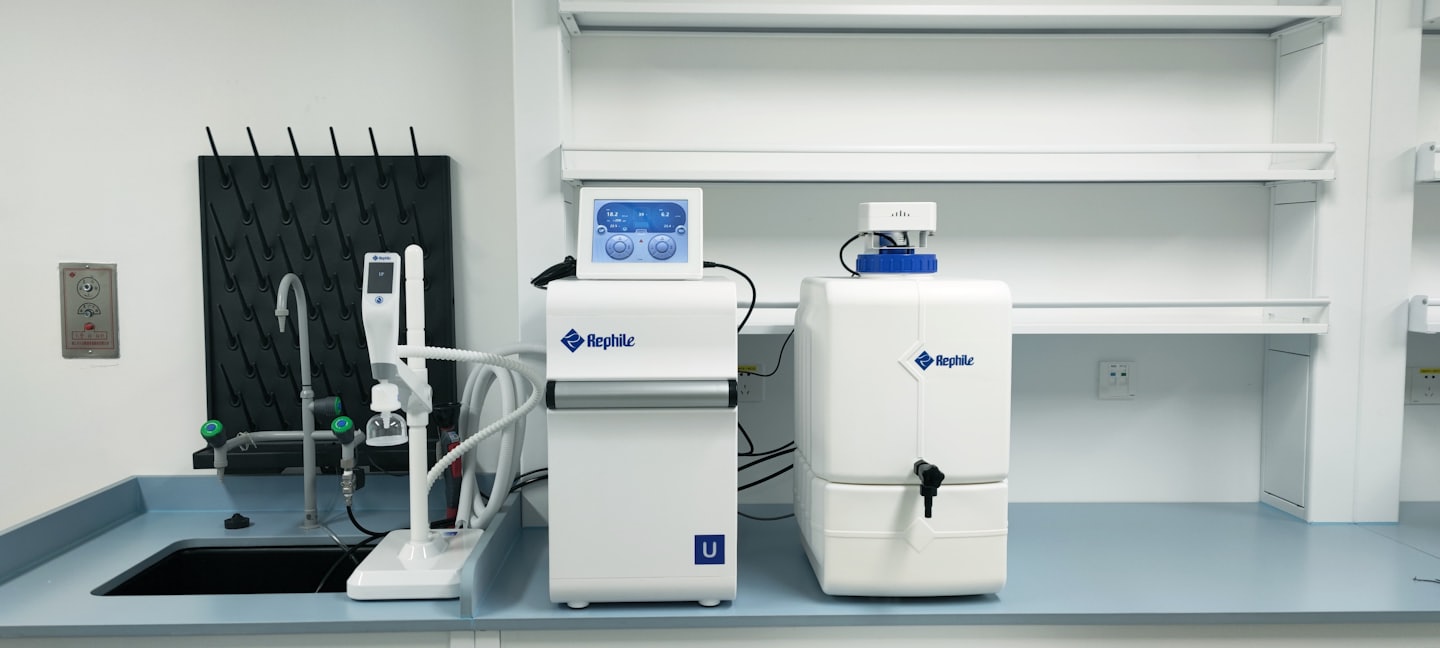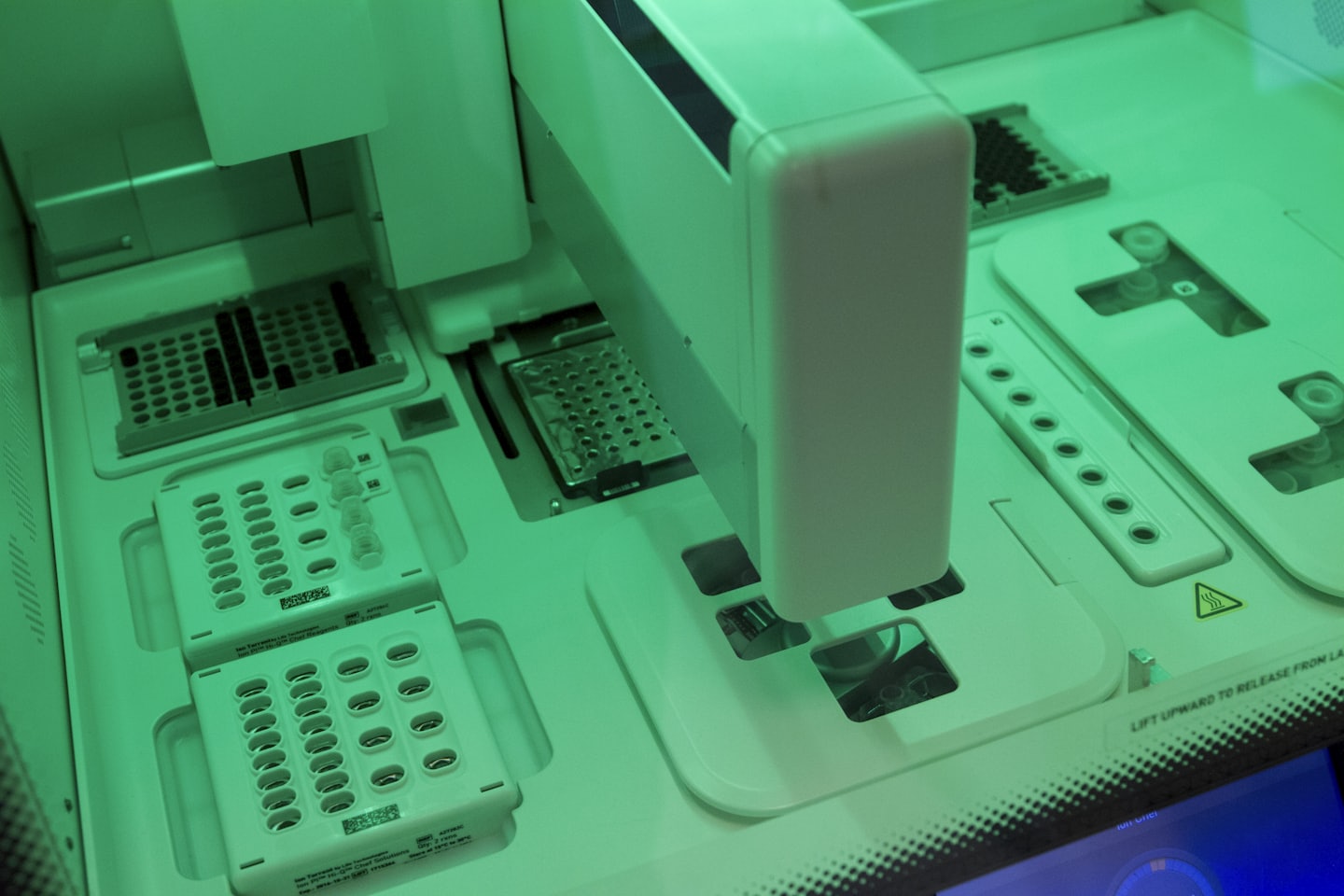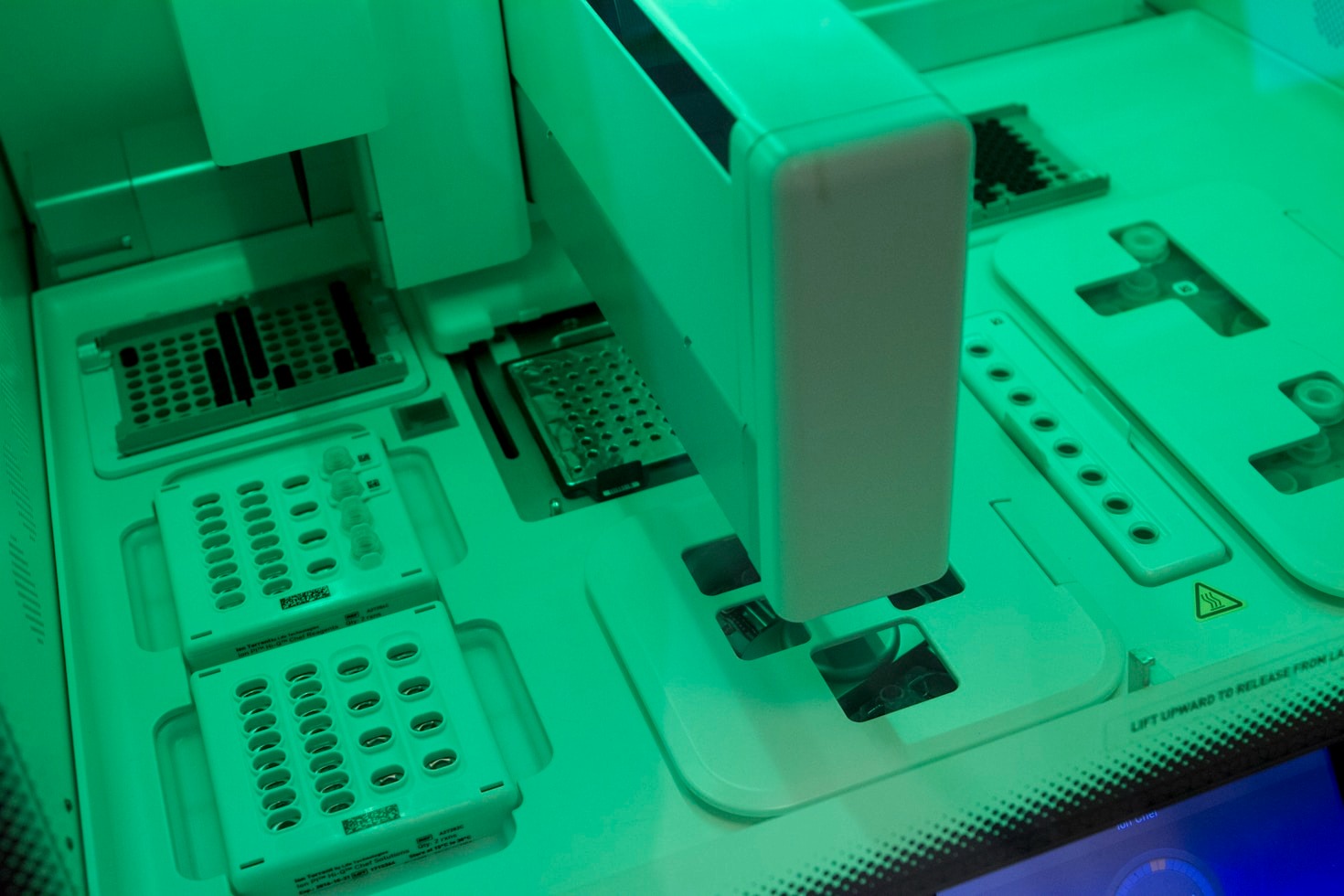How Bioinks Are Changing the Future of Medicine
The Living Materials Powering the Next Revolution in Healthcare
🧬 Introduction: Printing With Life
In traditional 3D printing, plastic, resin, or metal form the raw material.
In bioprinting, that material is alive.
The breakthrough that made this possible is the bioink — a mixture of living cells, biomaterials, and growth factors that can be precisely printed into three-dimensional structures.
These inks behave like living clay: soft enough to print through a nozzle, yet strong and biocompatible enough to hold cells in place while they grow into functioning tissue.
What once seemed impossible — printing skin, cartilage, or even miniature organs — is now routine in research labs worldwide. Bioinks are the foundation of regenerative medicine’s next era, turning printers into tools that can heal, replace, and regenerate.
“Bioinks are to bioprinting what DNA was to genetics — the key that unlocks everything else.”
— Bioprinting World Manifesto
🧫 What Exactly Is a Bioink?
A bioink is a hydrogel-based material that contains living cells and biological molecules designed to mimic the natural environment of human tissue.
When printed, it provides both structure and support for cell growth.
Typical bioink components include:
-
Cells: Stem cells, fibroblasts, chondrocytes, or patient-derived primary cells.
-
Hydrogels: Water-rich polymers such as alginate, collagen, gelatin, hyaluronic acid, or fibrin.
-
Biochemical cues: Proteins, peptides, and growth factors that guide cells to differentiate and organize correctly.
The ink must satisfy three competing demands: it must flow easily through the printer nozzle, retain its 3D shape after deposition, and remain hospitable to living cells. Achieving all three is what makes bioink design both science and art.
⚙️ How Bioinks Work in 3D Bioprinting
During printing, a digital model of tissue is converted into layers. The printer deposits the bioink one layer at a time, building a living scaffold that cells inhabit.
Once printed, the construct is placed in a bioreactor — a chamber that provides nutrients, oxygen, and temperature control. Over days or weeks, the cells divide, connect, and begin performing biological functions.
In some cases, the hydrogel slowly dissolves or degrades, leaving behind pure, living tissue that can integrate with the patient’s body.
🧠 Why Bioinks Matter
1. Personalized Medicine
Because bioinks can be made from a patient’s own cells, doctors can create patient-specific tissues that the immune system accepts naturally.
This personalization could end organ-rejection complications and the need for lifelong immunosuppressant drugs.
2. Drug Discovery and Testing
Bioprinted tissues made from standardized bioinks enable pharmaceutical companies to test drugs on human-like tissue models rather than animals.
This improves accuracy, reduces costs, and accelerates clinical development.
3. Regenerative Therapies
Bioinks are being used to print skin for burn victims, cartilage for joint repair, and bone scaffolds that fuse seamlessly with natural tissue.
In the near future, they will form the foundation for printing entire organs.
4. Sustainable Science
Using renewable biomaterials and cell-based production drastically reduces laboratory waste and animal testing — making regenerative medicine both ethical and environmentally responsible.
🧩 Breakthrough Materials: From Nature to Nanotech
Researchers are experimenting with dozens of new formulations:
| Type | Description | Medical Application |
|---|---|---|
| Alginate-Gelatin Blends | Derived from seaweed and collagen; offers structural strength with biocompatibility | Cartilage, bone, and soft tissue |
| Collagen Bioinks | Natural extracellular matrix protein | Skin and connective tissue |
| Silk-Fibroin Inks | High mechanical strength and flexibility | Tendons, ligaments |
| Decellularized ECM (dECM) Inks | Made from real organ tissues stripped of cells | Heart, liver, kidney regeneration |
| Nanocomposite Bioinks | Incorporate nanoparticles for conductivity or antibacterial properties | Neural tissue, smart implants |
Each generation of bioink improves print precision, cell viability, and the ability to reproduce the complexity of living systems.


🧬 Bioinks and the Human Body: The Perfect Match
What makes bioinks revolutionary isn’t just that they can be printed — it’s that they can communicate with the body.
They send biochemical signals that encourage nearby cells to grow, connect, and regenerate.
Some advanced formulations even respond dynamically — stiffening when stretched, releasing medicine when inflamed, or dissolving when healing is complete.
These “smart bioinks” blur the line between material and biology, opening the door to implants and patches that evolve with the patient’s body.
⚖️ Challenges Ahead
Despite extraordinary progress, major challenges remain:
-
Vascularization: Creating micro-blood-vessel networks inside printed tissue.
-
Standardization: Defining universal performance metrics for bioink quality.
-
Regulatory approval: Developing safety frameworks for patient use.
-
Scalability: Producing large volumes of consistent, sterile bioinks for hospitals and manufacturers.
Solving these issues will require collaboration between material scientists, engineers, clinicians, and regulators — the entire ecosystem of regenerative medicine.
🌍 The Broader Impact on Medicine
As bioinks evolve, so will the entire healthcare landscape. Hospitals may one day keep bioink cartridges on-site the way pharmacies stock medications, printing tissues as needed for surgery or treatment.
Medical education will shift toward biofabrication literacy, and new industries will emerge around bioink production, storage, and distribution.
In the long term, the same techniques could extend to food science, environmental restoration, and even space medicine — wherever living materials can solve living problems.
“When we learn to print with cells instead of plastic, medicine stops being mechanical and becomes biological again.”
— Bioprinting World Editorial Board
🚀 Conclusion: The Living Ink of the Future
Bioinks are more than scientific tools — they are the living medium of a new medical era.
They bridge the gap between human biology and digital fabrication, transforming printers into instruments of healing.
As research accelerates and bioinks become safer, smarter, and more accessible, the dream of printing organs, regenerating tissue, and curing chronic disease edges closer to reality.
The future of medicine will not just be written in code or chemistry —
It will be printed in living ink.


Leave a Reply